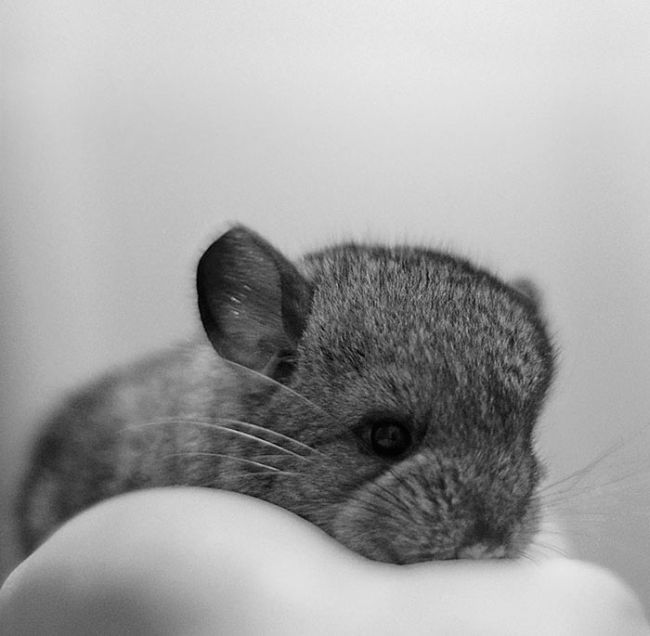|
|
Baby Chinchillas
|
Formerly, chinchillas occupied the coastal regions, hills, and mountains of Chile, Peru, Argentina, and Bolivia. Overexploitation caused the downturn of these populations, As early as 1914, one scientist claimed that the species was headed for extinction. Five years of fieldwork (published in 2007) in Jujuy Province, Argentina, failed to find a single specimen. Populations in Chile were thought extinct by 1953, but the animal was found to inhabit an area in the Antofagasta Region in the late 1900s and early 2000s. The animal may be extinct in Bolivia and Peru, though one specimen found (in a restaurant in Cerro de Pasco) may hail from a native population.
In their native habitats, chinchillas live in burrows or crevices in rocks. They are agile jumpers and can jump up to 6 ft (1.8 m). Predators in the wild include birds of prey, skunks, felines, snakes and canines. Chinchillas have a variety of defensive tactics, including spraying urine and releasing fur if bitten. In the wild, chinchillas have been observed eating plant leaves, fruits, seeds, and small insects.
In nature, chinchillas live in social groups that resemble colonies, but are properly called herds. Herd sizes can range from 14 members up to 100, this is both for social interaction as well as protection from predators. They can breed any time of the year. Their gestation period is 111 days, longer than most rodents. Due to this long pregnancy, chinchillas are born fully furred and with eyes open. Litters are usually small in number, predominantly two.
|
|









